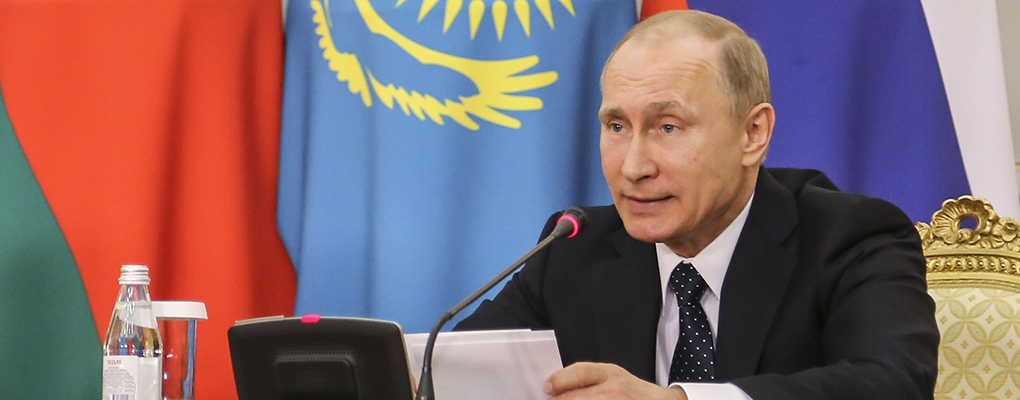
Amid growing tensions between the EU and the Kremlin, President Vladimir Putin has called for a regional currency union with Belarus and Kazakhstan, whose leaders are believed to support the proposal to create a Eurasian central bank by 2025. Putin’s plans follow instructions he gave to Russia’s central bank earlier in March to determine the future direction of integration in the EEU and the feasibility of establishing the monetary union.
The proposals follow a turbulent period for Russia
The proposals follow a turbulent period for Russia during which the ruble devalued by 40 percent, as a result of international sanctions and falling oil prices, while the value of the Belarusian ruble and Kazakh tenge have also plummeted in recent weeks. Speaking at an EEU meeting, Putin suggested it would be beneficial for the three countries to work together to overcome their economic difficulties.
He said: “The time has come to discuss the possibility of creating a future currency union. Working shoulder to shoulder, it is easier to respond to financial and economic threats from outside and protect our common market.”
Kazakhstan, the second largest post-Soviet oil producer and economy within the bloc, has suggested the three nations synchronise their monetary policies before attempting to adopt a single currency. While Mikhail Myasnikovich, former Belarusian prime minister, has called for the process to be fast-tracked within the next four years, the former head of Kazakhstan’s central bank estimated 10 to 12 years before the introduction of a Eurasian currency.
The economic bloc, which also includes Kyrgyzstan and Armenia, formally began in January but has spent years creating a single market among member countries without trade tariffs. Putin’s plan for further integration has been likened to the process the EU underwent in the second half of the 20th century.


